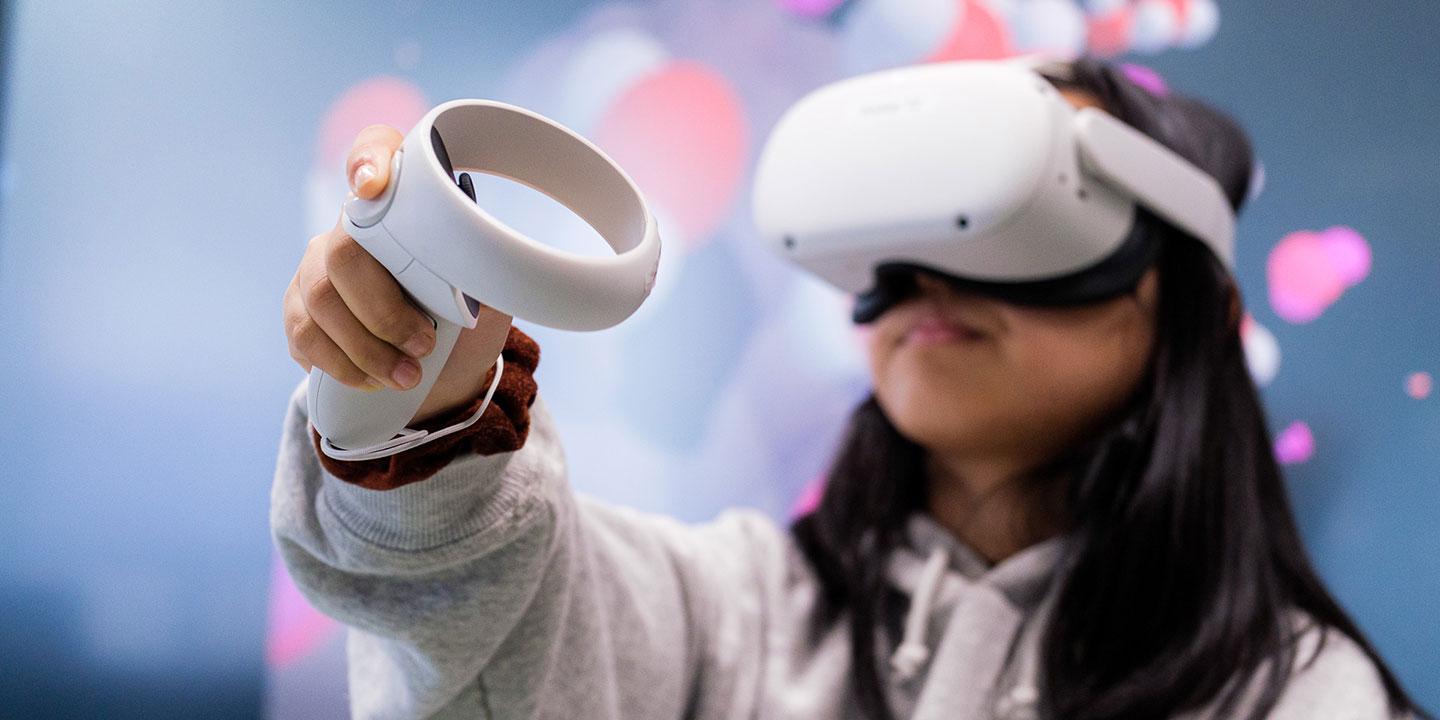The usefulness of virtual reality in science classes
Virtual reality (VR) is finding its way into the classroom. This project aims to develop and test virtual reality teaching materials for science lessons in primary schools, in order to gain general insights into the use of VR in these institutions.
Project description
We are a team of researchers from the Swiss Distance University Institute as well as the Bern and FHNW PHs (teacher training schools). We have joined forces to develop and evaluate a virtual teaching unit on the water cycle for primary school pupils aged 11 to 12 years. Several criteria were decisive in the choice of the subject: it had to
- contain environmental aspects that cannot be directly observed,
- be anchored in the “Lehrplan 21”,
- be technically feasible in a virtual reality environment and
- be of social relevance.
In the context of this investigation, we will compare this VR teaching material with other educational media, such as books, videos or learning games. We hypothesize that interaction and immersion (into an alternative reality) by means of VR makes it easier to learn about processes and structures that cannot be directly experienced.
Background
Many topics dealt with in science lessons concern aspects of the world that cannot be directly observed, such as structures and processes of the microcosm (e.g. atoms) or the macrocosm (e.g. the solar system). However, active experiencing and hands-on activities are essential forms of learning, especially for children. There is therefore a need for innovative teaching methods that facilitate access to processes and structures that cannot be directly observed.
Aim
The aim of this project is to develop effective educational material on the water cycle, and to investigate and document the general opportunities and challenges of VR with regard to learning success and practical implementation in everyday school life.
Relevance
Virtual Reality can facilitate access to unobservable processes and structures. In this context, it offers an interesting potential for science teaching, as it enables interactions with and immersion in virtual model worlds. From a didactic and developmental psychology point of view, both the interactive and immersive properties may positively influence the learning process.
Original title
Using virtual reality to learn about inaccessible micro- and macrocosmic structures in primary school

